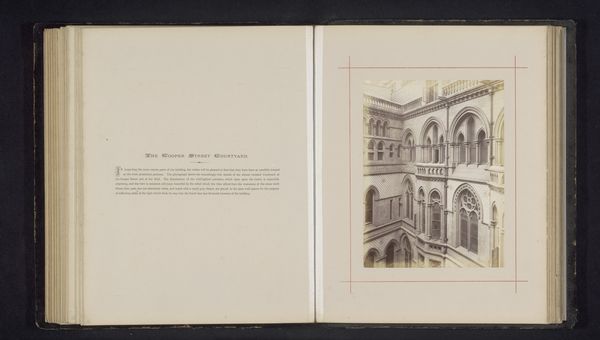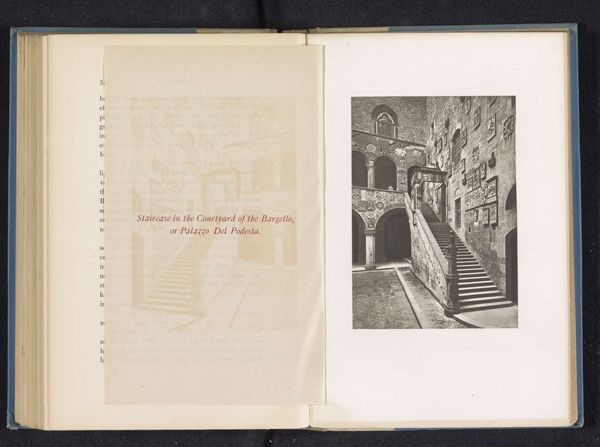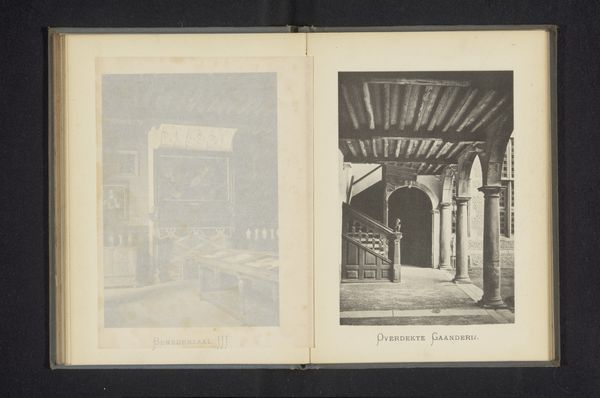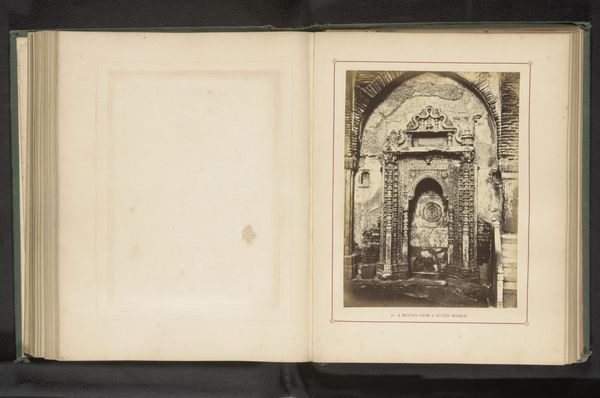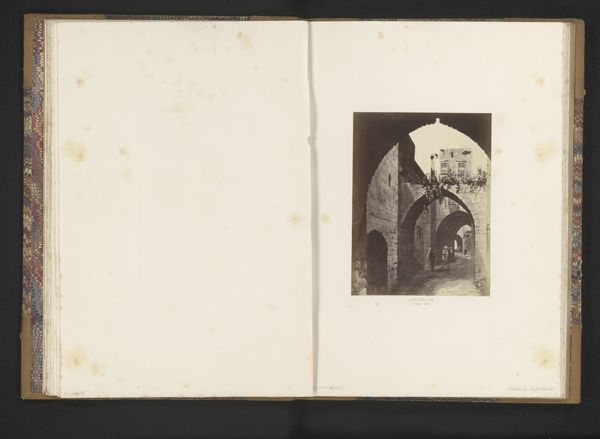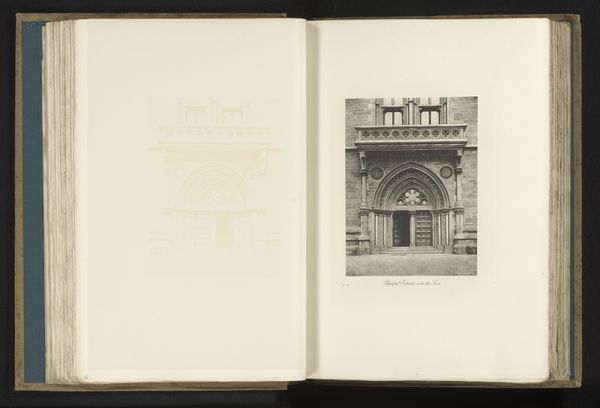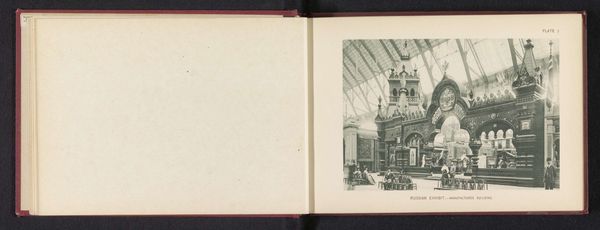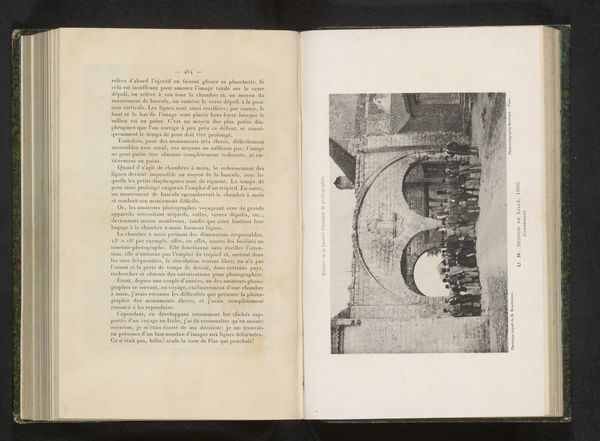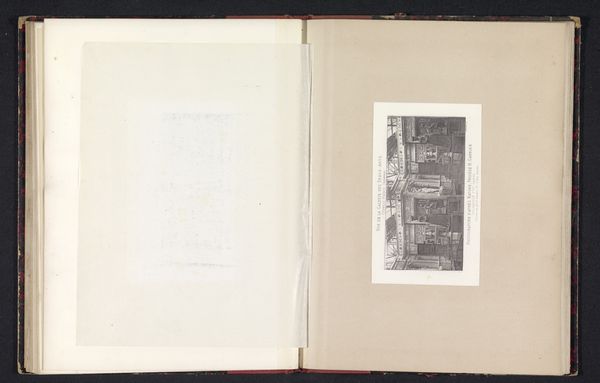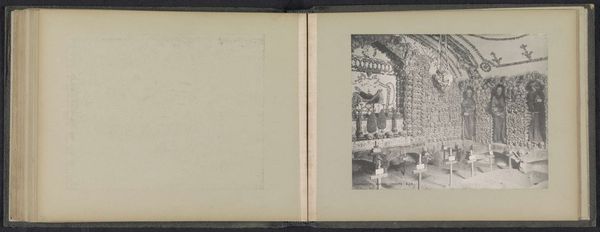
Tentoonstelling van Noorwegen tijdens de World's Columbian Exposition in Chicago in 1893 1893
0:00
0:00
print, photography, albumen-print
#
pictorialism
# print
#
photography
#
orientalism
#
cityscape
#
albumen-print
Dimensions: height 134 mm, width 191 mm
Copyright: Rijks Museum: Open Domain
Editor: Here we have an albumen print, a photograph really, taken by Charles Dudley Arnold in 1893. It’s titled “Exhibition from Norway at the World's Columbian Exposition in Chicago.” It’s a grayscale image of the interior of a building; I'm struck by how meticulously everything seems arranged and the symmetry. How would you interpret this work? Curator: That symmetry is crucial. World's fairs, like this Columbian Exposition, were often vehicles for projecting power, in this case through architectural grandeur and ordered displays of national achievements. Consider the sociopolitical context: the late 19th century was a period of intense industrialization, imperialism, and nation-building. The “Norwegian Court” represents Norway’s place on the world stage. Does that space of manufacture present an equal space of representation? How is Norway being represented here for an American audience? What is included and excluded from that vision of Norwegian culture and society? Editor: That's interesting, I hadn’t thought about it in terms of power dynamics. I suppose I was focusing on just the image itself and not so much on why and for whom it was made. I also now see how Orientalism intersects with this as well, Norway and other European countries using non-European artistic or cultural features to promote and exhibit superiority. Curator: Exactly! And how does photography, as a medium, contribute to that agenda? Does it simply document reality, or does it construct a particular narrative? Look closely – what kind of "reality" is being manufactured and promoted here? The presentation normalizes such imbalances of power as the result of neutral representation. Editor: So it’s not just a photograph of an exhibition, it's a statement about Norway's identity and place within a larger global framework of trade and influence at a key turning point. Curator: Precisely! By exploring these contextual layers, we can challenge the surface-level appeal and unpack the underlying power structures embedded within seemingly straightforward images like this one. It calls attention to historical manipulation and contemporary struggles with neutrality of images. Editor: Thanks, I'll never look at these old exposition photos the same way again!
Comments
No comments
Be the first to comment and join the conversation on the ultimate creative platform.

